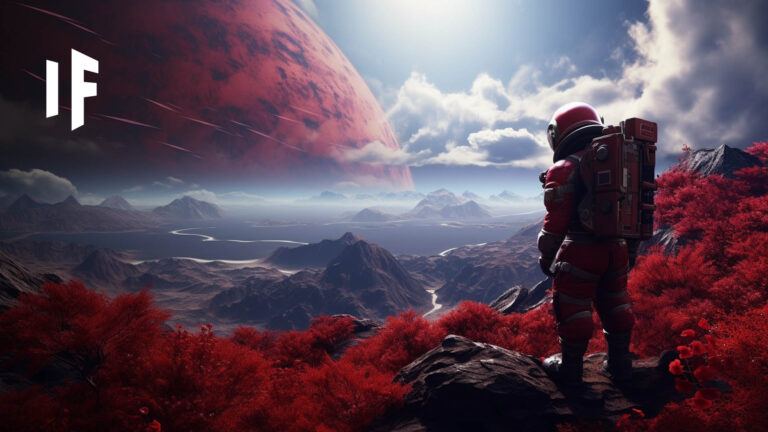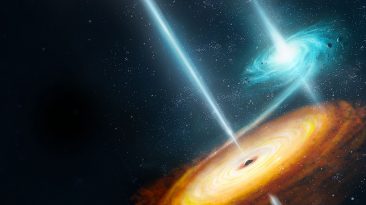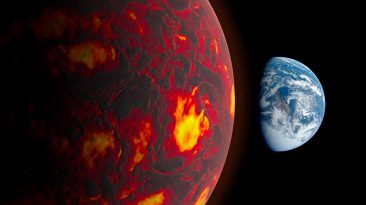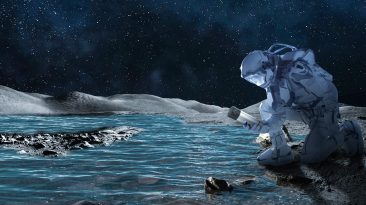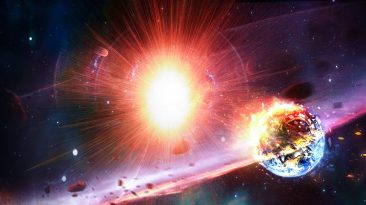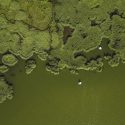Scientists may have identified an exoplanet with the potential to support life, located 120 light-years from Earth. The planet, known as K2-18b, is classified as a Super-Earth, measuring approximately 2.6 times the size and nearly nine times the mass of our planet.
K2-18b is considered a possible Hycean planet, indicating it may have a hydrogen-rich atmosphere and extensive liquid oceans. These conditions raise the prospect of alien life, though reaching the planet remains a challenge: a journey from Earth would take roughly 1.3 million years at current speeds.
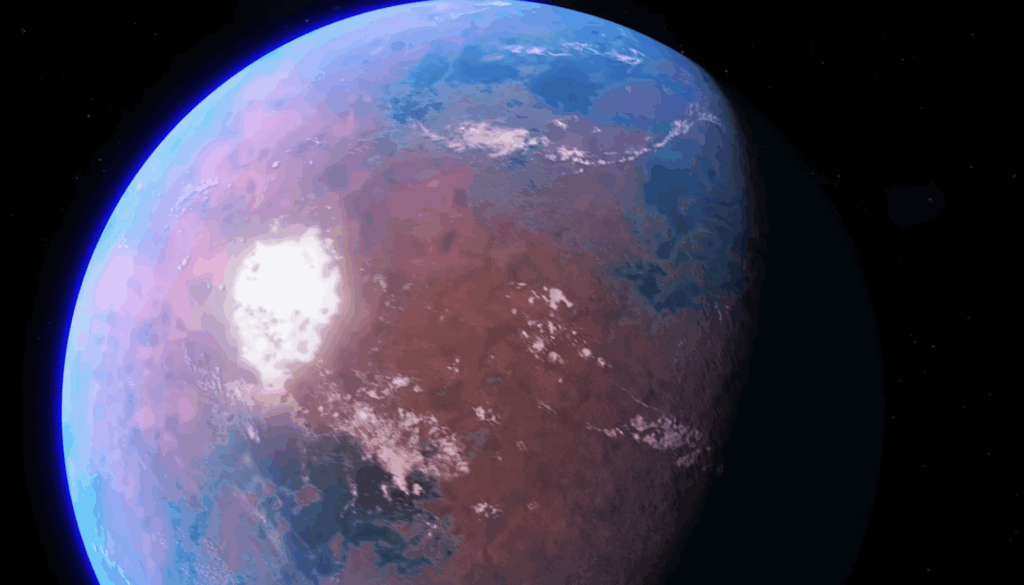
The exoplanet orbits a red dwarf star called K2-18 and contains methane and carbon dioxide in its atmosphere, making it inhospitable without protective equipment. Additionally, the liquid on K2-18b may not be water but could consist of substances like methane or ammonia. Despite this, the planet’s temperature is relatively mild by exoplanet standards, averaging around -100 °C (-148 °F). Researchers have also detected dimethyl sulfide in the atmosphere—a molecule typically produced by life on Earth—which suggests the possibility of microbial or aquatic organisms.
These observations were made possible by the James Webb Space Telescope, which analyzed the planet’s atmospheric composition through the transit method. This technique studies the light spectrum as a planet passes in front of its star, providing insights into atmospheric elements. However, some scientists argue that K2-18b might be a mini-Neptune rather than a Super-Earth, which would reduce the likelihood of life.
Closer options for potential habitability include Proxima Centauri b, situated just 4.2 light-years from Earth in the Alpha Centauri star system. Slightly larger than Earth, it orbits a red dwarf star at a close distance, yet temperatures may remain moderate at approximately -39 °C (-38 °F). Its atmospheric and gravitational conditions, however, remain uncertain, making its suitability for future colonization unclear.
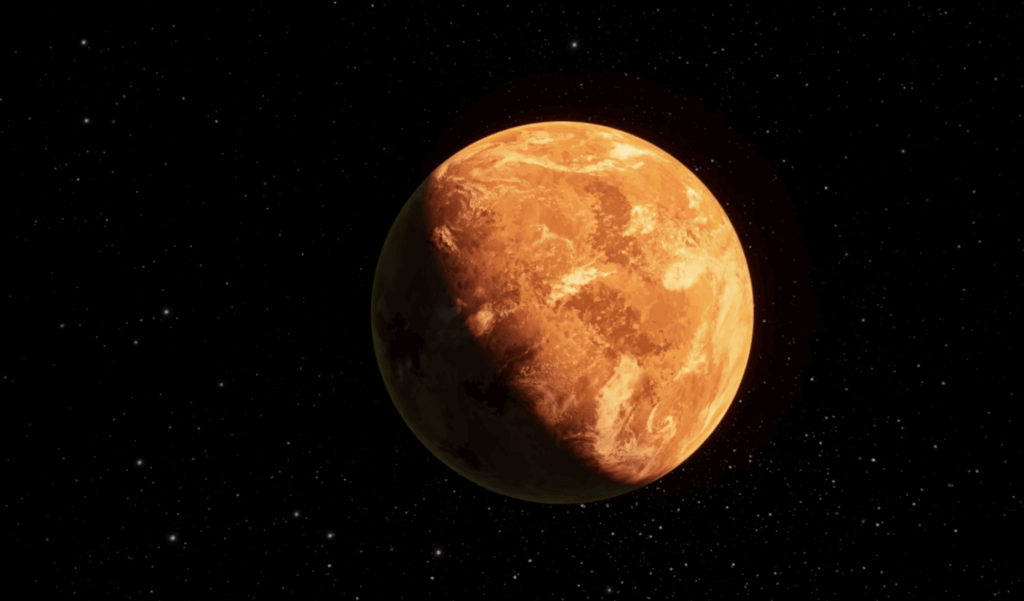
Another candidate, Ross 128 b, lies 11 light-years from Earth and orbits a calmer red dwarf star. While it is much closer to its star than Earth is to the Sun, Ross 128 b may maintain an average temperature around 23 °C (73 °F). Although surface radiation and atmospheric conditions are unknown, this exoplanet represents a promising target for habitability studies.
To date, scientists have confirmed over 5,000 exoplanets, with 63 considered potentially habitable. While most are inhospitable, ongoing discoveries continue to expand the search for life beyond Earth. K2-18b, Proxima Centauri b, and Ross 128 b highlight the diversity of worlds that may one day reshape humanity’s understanding of life in the universe.


